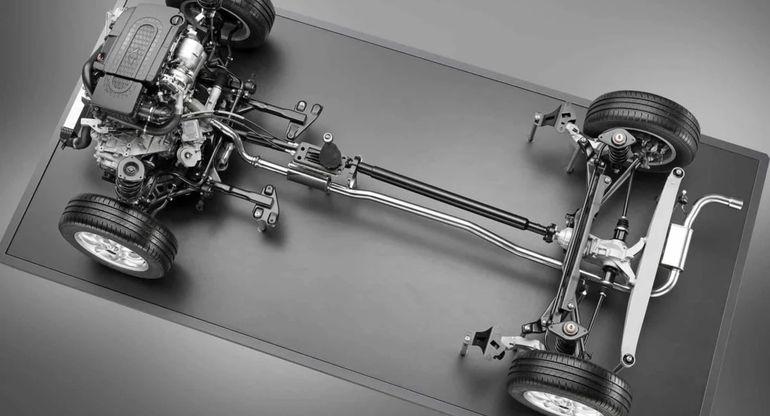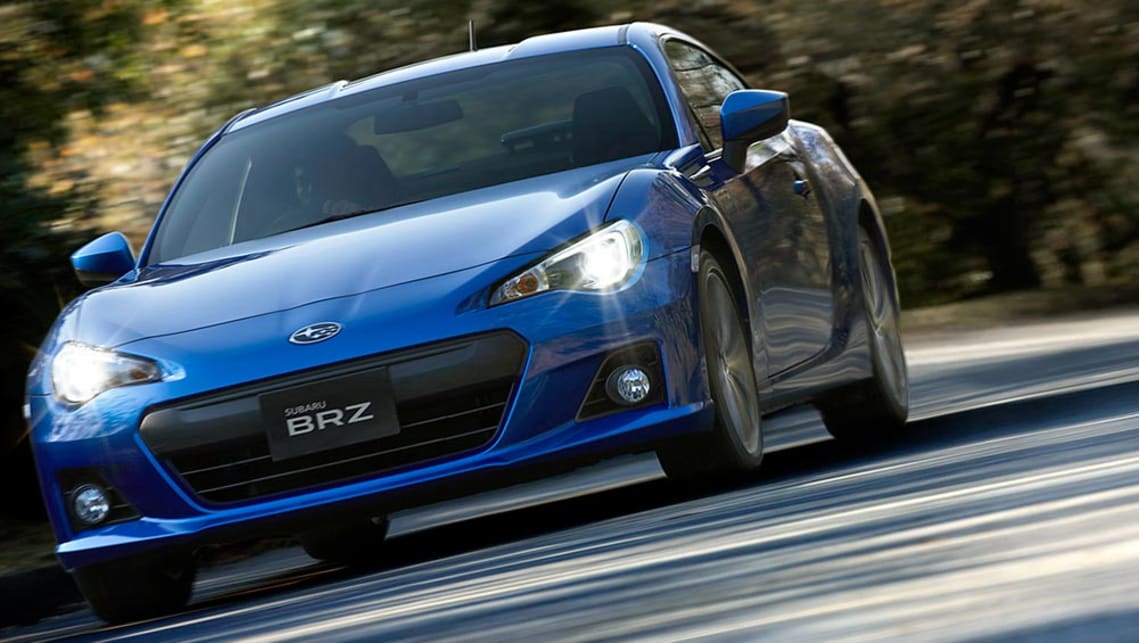
Why front-wheel drive is smart and rear-wheel drive is more fun

Subaru BRZ gives the driver the pleasure of a rear-wheel drive layout.
There are many, many things to argue about when it comes to cars — Holden vs. Ford, turbochargers vs. naturally aspirated engines, Volkswagen vs. the truth — but there are a few hard facts that no amount of bluster or gibberish can debunk. And top of that short list would be the statement that rear wheel drive cars are more fun than front wheel drive cars.
Of course, you might argue that front-wheel drive cars, or "slackers" as their haters call them, are "better" because they're safer, cheaper to make, and more manageable on slippery surfaces, but when it comes to driving fun and participation, it's just out of competition; it's like chocolate versus cabbage.
Indeed, one highly respected driver's car manufacturer has always based its sales strategy on this idea.
BMW was a "pure driving pleasure" company before it became "the ultimate driving car" and proudly claimed from the rooftops that all of its cars were rear-wheel drive because that was simply the best way to make them. What's more, his pushy German bosses assured the world that he would never, ever put his propeller badge on a front-wheel drive car because it would defy his promise of driving pleasure.
The Mini, of course, was his first small crack - he owned the company and designed the cars, but at least they didn't wear BMW badges - but the people from Munich stood their ground, even when designing the 1 Series. , a car that would perhaps make more sense, especially from a financial standpoint, if it were front-wheel drive.
This ancient and revered system allows for a significant reduction in cornering power.
Removing the transmission tunnel, which has to send power to the driven rear wheels, frees up a lot of space in smaller cars like hatches and Minis and saves money as well. It doesn't take an engineer or a genius to figure out that steering the front wheels when the engine is already so close to them is the simpler and more elegant solution.
Now BMW has, at least in part, acknowledged this with its never-ever-landing 2 Series Active Tourer, but that just means the company is finally following the trend set by virtually every automaker on the planet since the advent of front-wheel drive. cars. The system was duly popularized with the Austin Mini in 1959 (yes, Citroen with its 2CV and others came first, but the Mini made it look cool and sensible by freeing up 80 percent of its tiny underbody for passengers by using FWD and mounting the engine transversely - from east to west - instead of longitudinal).
Interestingly, BMW also claims its research shows that up to 85 percent of Australians are unaware of which wheels reduce power in the cars they drive.
In terms of layout, front-wheel drive cars are by far superior, and in terms of safety, they are overwhelmingly the choice of most manufacturers because they allow designers to create understeer that makes the car go straighter than the driver intends when it comes to push. not oversteer, which makes the rear of the car jut out in an unsettling or exciting manner, depending on your point of view.
However, no one has ever claimed that understeer, the default FWD setting, is fun.
Rear-wheel drive is clean and genuine, a balance that God Himself would give to cars.
In part, it's oversteer that makes rear wheel drive cars more fun, because few things are more fun and heart pounding than catching and correcting an oversteer moment, or if you're on the track and have the skill, keeping the rear wheel sliding.
But that's not all, there's a lot more, some of which can only be explained by the fact that you're driving one of the many great rear wheel drive cars in the world - a Porsche 911, any real Ferrari, a Jaguar F Type, and so on. - around the corner. This ancient and revered setup allows for a significant reduction in cornering power and provides better feel and feedback.
The problem with front-wheel drive is that it simply requires too much from the front wheels, simultaneously driving the car and sending power to the ground, which can lead to terrible things like torque steer. Driving from the rear leaves the front wheels to do the job they are best suited for, telling the vehicle where to go.
Rear wheel drive is clean and genuine, the balance that God Himself would have given to automobiles if He had bothered to invent them before we spent all this time learning how to catch and ride horses.
FWD vehicles have been winning the argument, and in the case of sales volume, of course, have been for many years now, and many modern faux SUVs now come with FWD options because they are cheaper and more fuel efficient than 4WD. system owners will never use.
But RWD has experienced something of a renaissance in recent years, especially with cheap, fun sports cars like the Toyota 86/Subaru BRZ twins that proved just how slippery a rear-wheel-drive layout can be.
More recently, the cheaper and even more attractive Mazda MX-5 once again reminded us all of why true sports cars should and hopefully always will be rear-wheel drive.
Yes, it's absolutely true that there are some great front-wheel-drive cars out there like the RenaultSport Megane and Ford's fantastic Fiesta ST, but any enthusiast will tell you that both of these cars would be even better with rear-wheel drive. wheels.
You can also mount the argument that four-wheel drive cars are better than front-wheel drive or rear-wheel drive, but that's another story.

